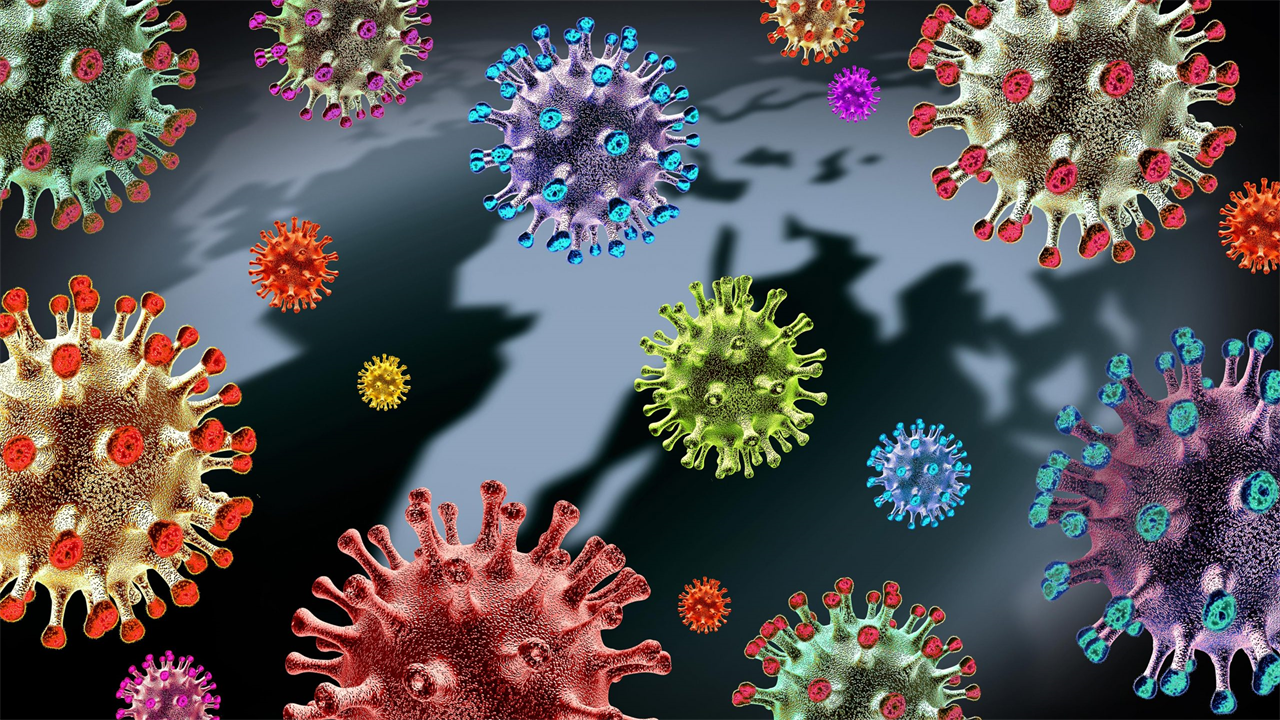COVID-19 Has Revealed Critical Knowledge Gaps on the Transmission of Respiratory Viruses
0 View
Share this Video
- Publish Date:
- 6 September, 2021
- Category:
- Covid
- Video License
- Standard License
- Imported From:
- Youtube
Tags

Rendering of mutating virus cells. Credit: istock.com/wildpixel
The COVID-19 pandemic has exposed critical knowledge gaps and assumptions about how respiratory viruses spread between hosts.
Traditionally, they were thought to be spread primarily via large respiratory droplets produced by the coughing and sneezing of sick individuals, but a growing body of evidence indicates that many respiratory pathogens — including SARS-CoV-2 — spread via virus-laden microscopic respiratory aerosols. In this review, Chia Wang and colleagues discuss recent research into airborne transmission of respiratory viruses and how a better understanding of aerosol transmission enables better-informed controls to reduce and reduce airborne transmission.
Until recently, it was believed that most respiratory pathogens spread through large droplets exhaled by an infectious person or transferred from contaminated surfaces. This understanding has largely led to public health recommendations in reducing viral spread. However, several respiratory pathogens, including the flu and the common cold, are also known to spread through respiratory infectious aerosols, which can float and travel in air currents at much greater distances and for much longer, and infect those who inhale them.
Stages involved in the transmission of respiratory viruses through the air. Credit: Van Wang et al., ‘Airborne Transmission of Respiratory Viruses’ (https://doi.org/10.1126/science.abd9149). N.CARY/SCIENCE
According to a growing body of evidence, much of it obtained by studying the spread of COVID-19, airborne transmission may be a more dominant mode of respiratory virus transmission than previously thought.
Here, Wang et al. demonstrate how infectious aerosols are generated, travel through an environment, and deliver their viral loads to hosts. The authors also outline ways to reduce long- and short-range aerosol transmission, including improvements to ventilation and airflows, air filtration, UV disinfection, and personal face mask fit and design.
For more information on this research, see It’s Not Just COVID-19: Most Respiratory Viruses are actually spread by aerosols.
Reference: “Airborne Transmission of Respiratory Viruses” by Kimberly A. Prather, Josué Sznitman, Jose L. Jimenez, Seema S. Lakdawala, Zeynep Tufekci, and Linsey C. Marr, Aug. 27, 2021, Science.
DOI: 10.1126/science.abd9149










